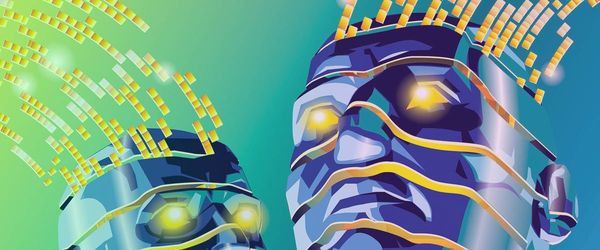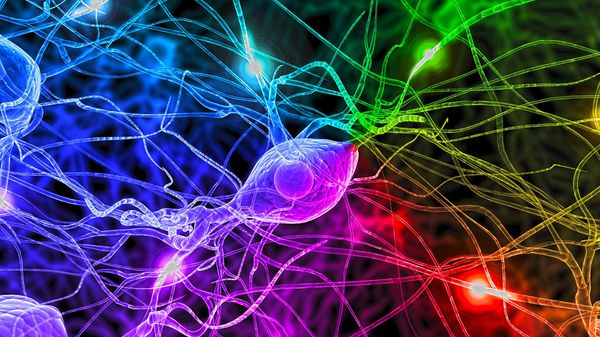Jordan Lejuwaan • • 1 min read
Productivity Tip: Stop ‘Working So Hard’

In the early 1990s, three psychologists began studying the habits of a two groups of violinists at the Universität der Künste.
The first group was hand-picked by the music teacher as advanced violinists — those who had a future in professional performance. The second group was comprised of average violinists — those passionate about playing but falling short of skill level in the advanced group.
The researchers asked each violinist to keep strict diaries of how they spent their time — each 24 hour period divided into 50 minute segments.
Their goal was to answer one question: Why are the advanced players better than the average players?
The Results
Surprisingly both groups were shown to spend the same amount of time each week on music: 50 hours on average.
The major difference was found in how the players scheduled their practice time.
The average players spread their work evenly throughout the day. The advanced players, on the other hand, consolidated their work into two specific periods — one in the morning and one in the afternoon. They completely separated leisure from work.
This change has several crucial implications:
1) Maximum efficiency
Switching between different tasks (and between work and leisure) takes time and energy. Multitasking is the opposite of productive.
2) Relaxation
We need quality relaxation time in order to function well. If we don’t get it, stress hormones like cortisol are released, causing our brains and bodies to function poorly.
This also creates a false sense of busyness. You may feel like you’ve been working hard all day, but in reality you’ve just been working inefficiently.
Consider the difference between jogging
all dayvs. running at full-speed for a specific period and then resting (twice).
What does this mean?
By segmenting your day into defined work and play periods, you will live a more fulfilling, relaxed life + get more done. This is the definition of ‘winning’.
Try this out! What work period durations & frequencies work best for you?
Image by deanaia










